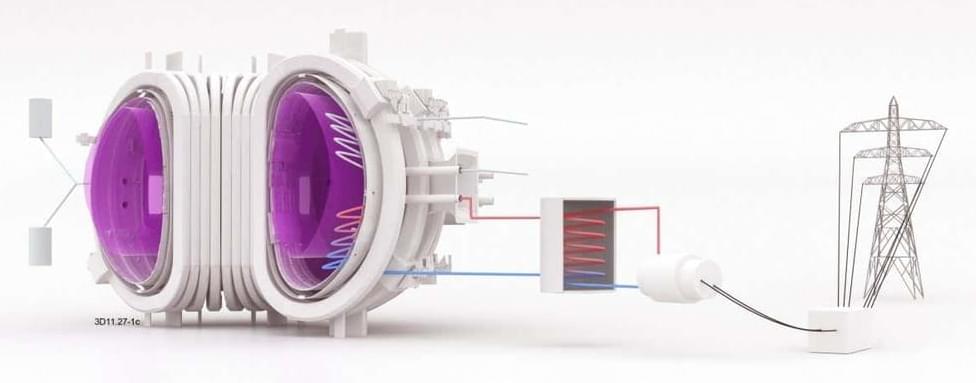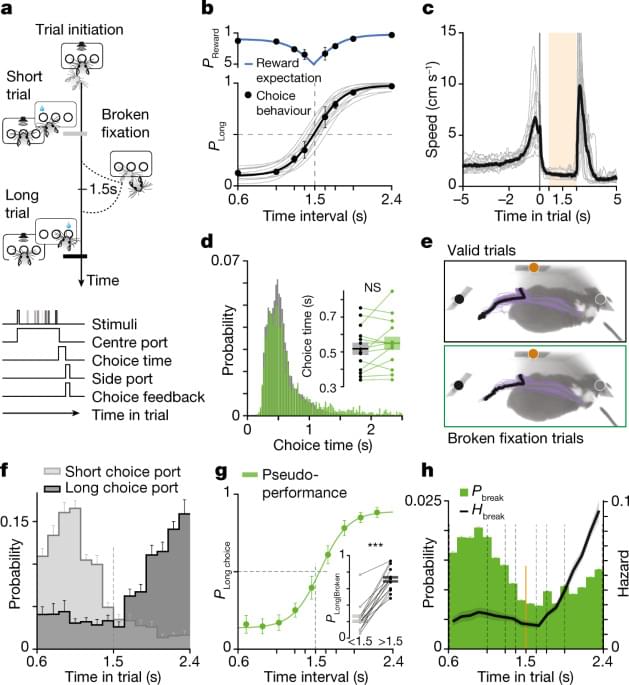The EuroFusion consortium hopes its DEMOnstration Power Plant will take fusion power from the lab to commercial electricity supply by 2054.




Chinese researchers have reportedly developed artificial intelligence (AI) that can read the minds of Chinese Communist Party (CCP) officials.
A video report detailed the software’s features and attributed it to the Hefei Comprehensive National Science Center, a relatively new institute focused on health and environment, energy research, information management and artificial intelligence.
The technology essentially tests one’s level of loyalty to the CCP. According to the center, it would “further solidify their [members’] confidence and determination to be grateful to the party, listen to the party and follow the party.”

In an illuminating study, Rentschler et al. leverage data to analyze populations at risk of flood exposure. They explore the overlap between poverty, geography, and flood risk while taking into account pluvial, fluvial, and coastal flooding. Their work reveals that hundreds of millions of people in low-income regions are directly exposed to flood risk. The authors emphasize that efforts towards global flood mitigation should take socioeconomic factors into account since many low-income regions have both high flood risk and poor existing flood mitigation measures in place.
#geography #global #asia #africa #datascience
Floods are most devastating for those who can least afford to be hit. Globally, 1.8 billion people face high flood risks; 89% of them live in developing countries; 170 million of them live in extreme poverty making them most vulnerable.
The motion of a tiny number of charged particles may solve a longstanding mystery about thin gas disks rotating around young stars, according to a new study from Caltech.
These features, called accretion disks, last tens of millions of years and are an early phase of solar system evolution. They contain a small fraction of the mass of the star around which they swirl; imagine a Saturn-like ring as big as the solar system. They are called accretion disks because the gas in these disks spirals slowly inward toward the star.
Scientists realized long ago that when this inward spiraling occurs, it should cause the radially inner part of the disk to spin faster, according to the law of the conservation of angular momentum. To understand conservation of angular momentum, think of spinning figure skaters: when their arms are outstretched, they spin slowly, but as they draw their arms in, they spin faster.

Graphcore and Korea’s Electronics and Telecommunications Research Institute (ETRI) have entered a multi-year partnership to develop new software approaches for high-efficiency AI compute.
Running from 2022 through 2025 and funded by the Korean government, the partnership will combine the world-leading capabilities of ETRI—Korea’s largest public research institute by R&D expenditure and license income—with Graphcore’s proven leadership in developing and commercialising efficient, high-performance compute systems for machine intelligence.

A new analysis of observed temperatures shows the Arctic is heating up more than four times faster than the rate of global warming. The trend has stepped upward steeply twice in the last 50 years, a finding missed by all but four of 39 climate models.

